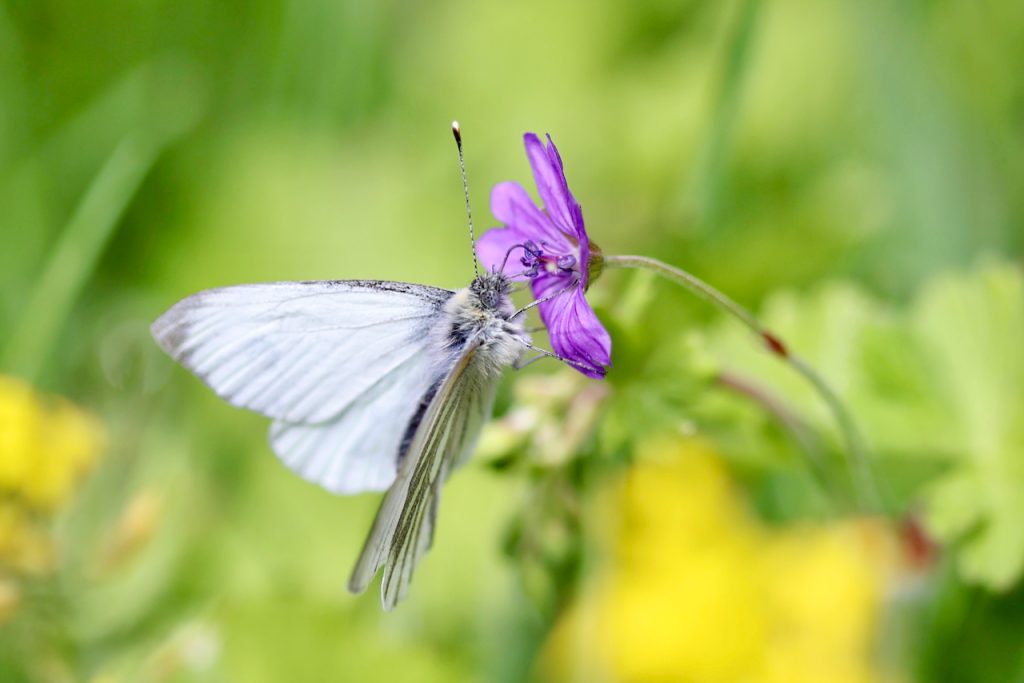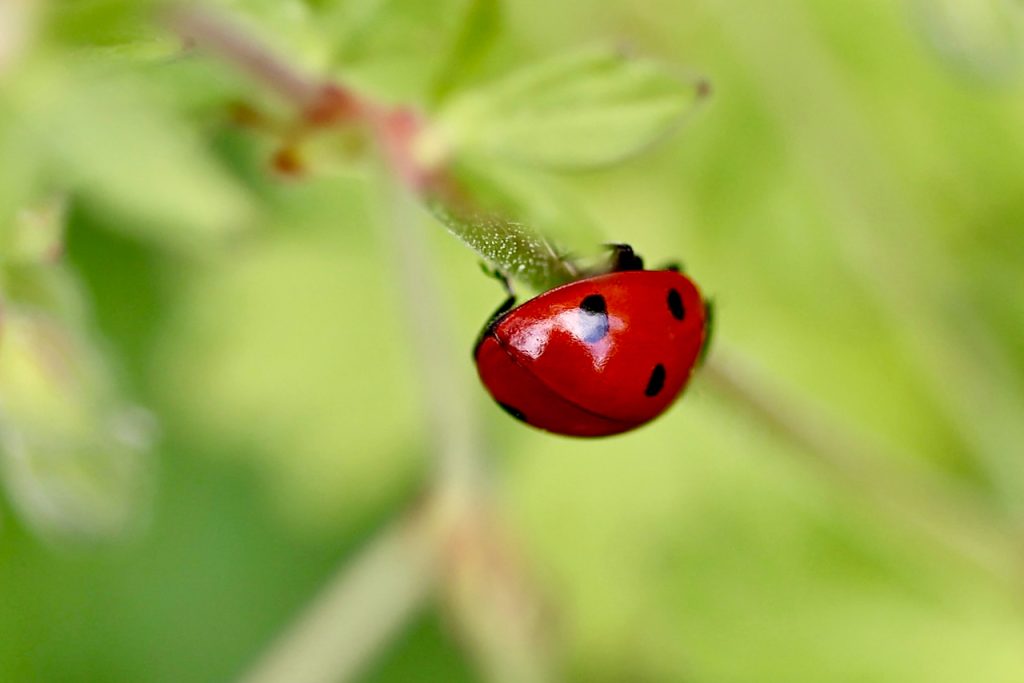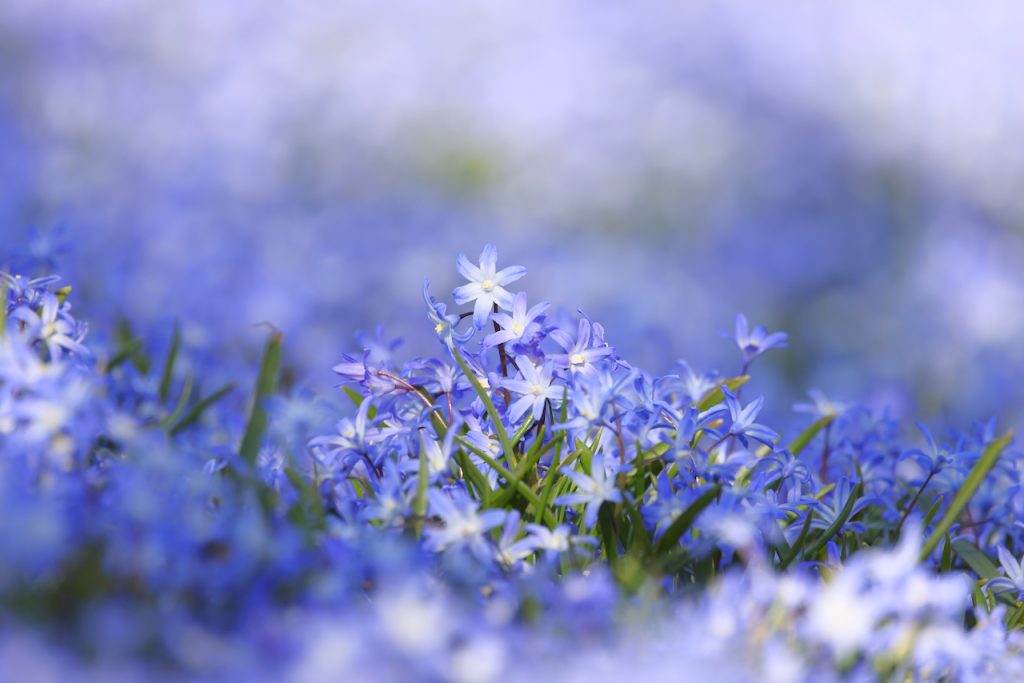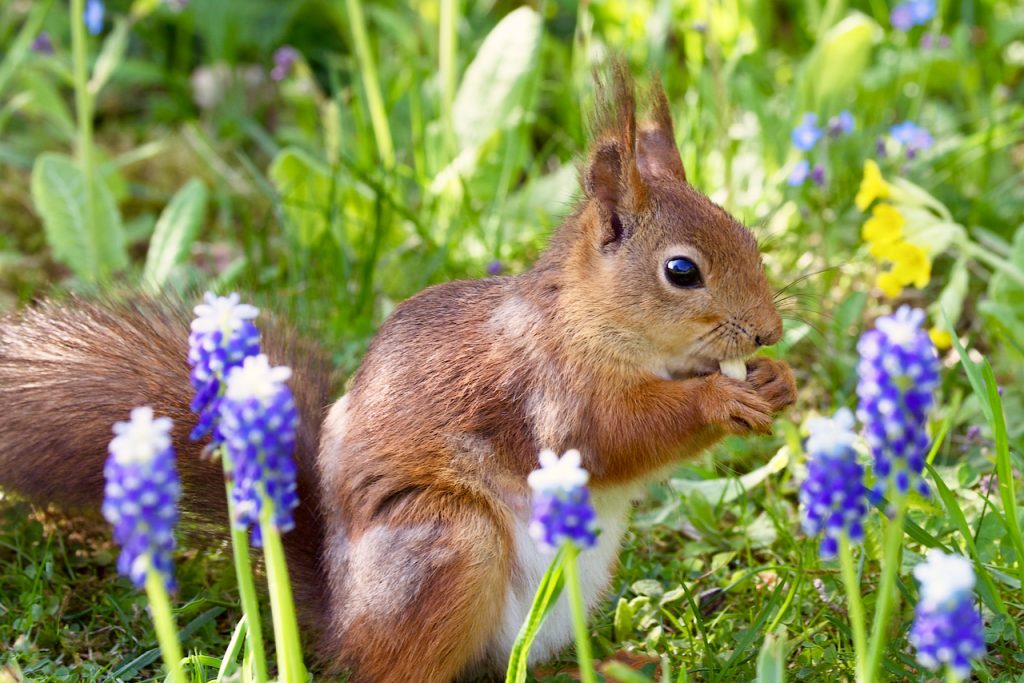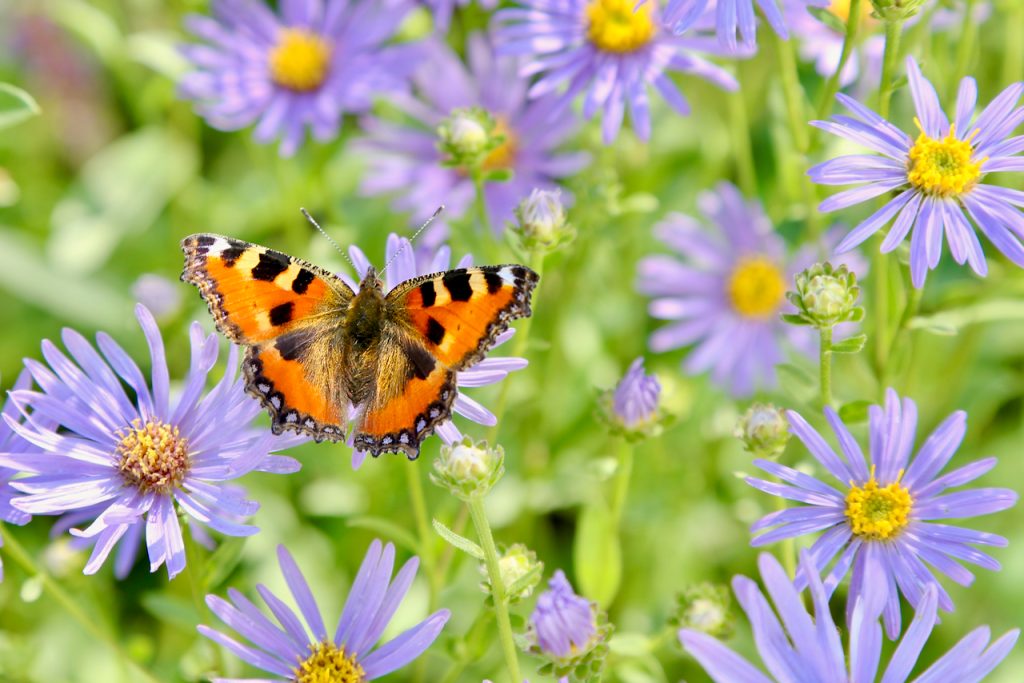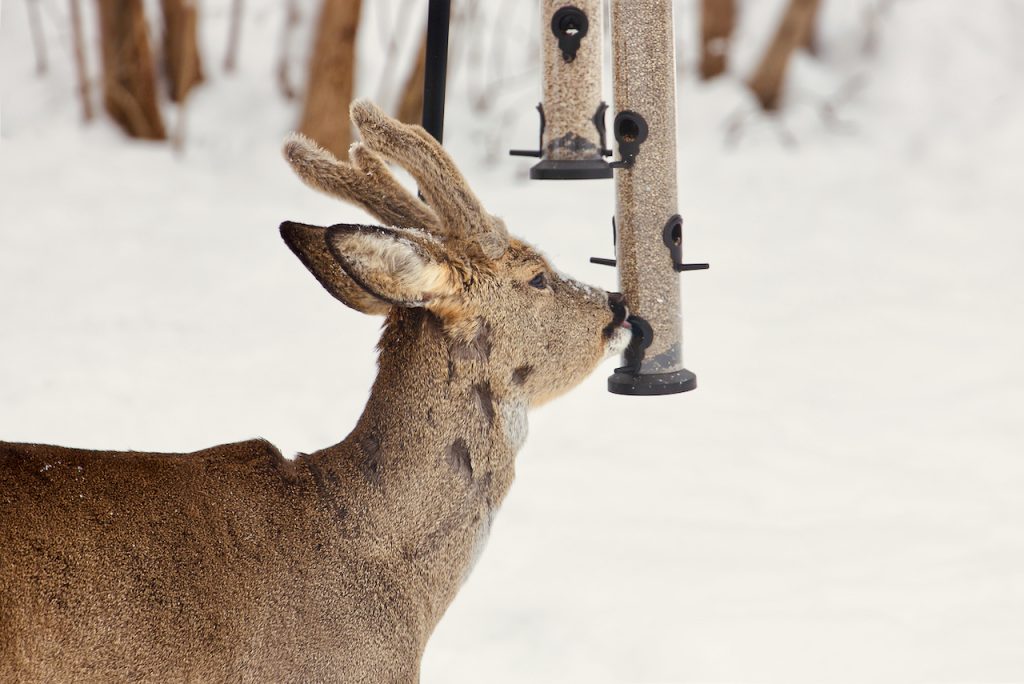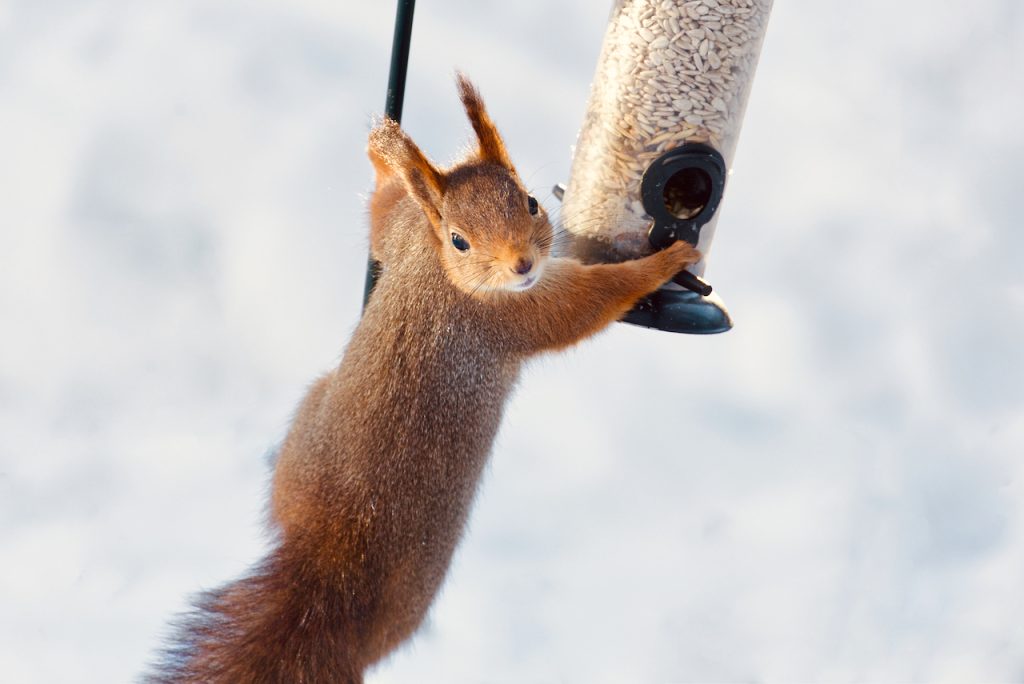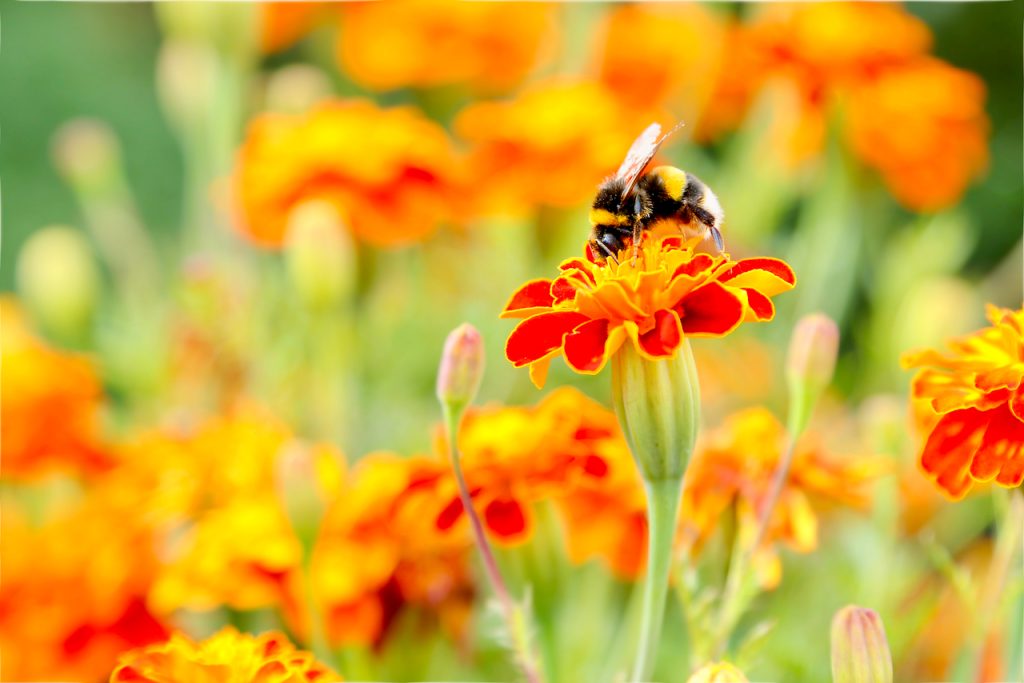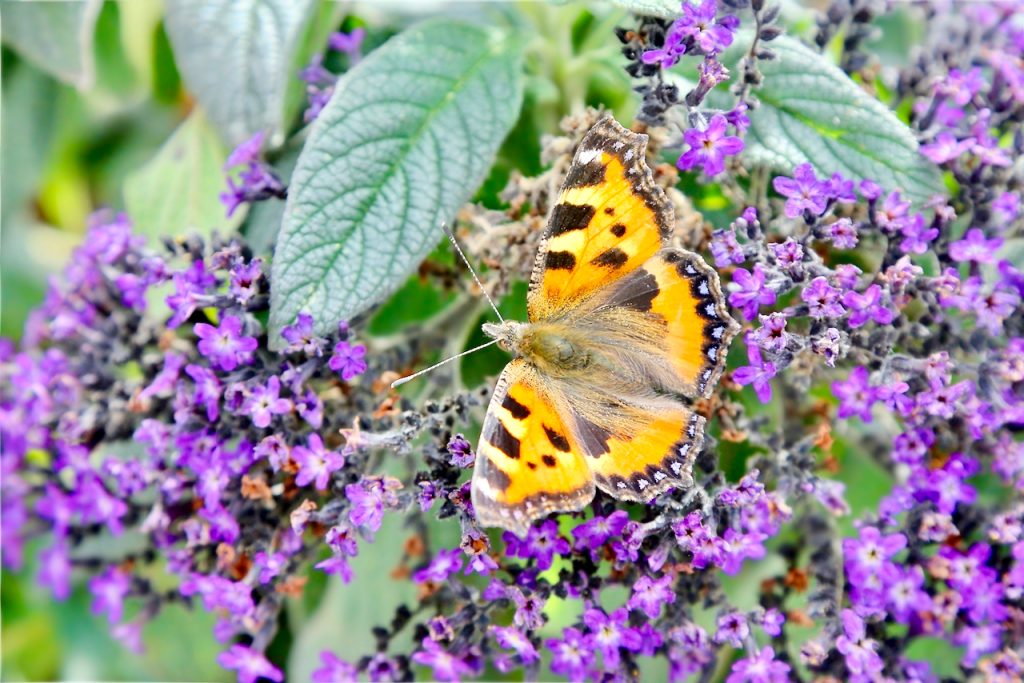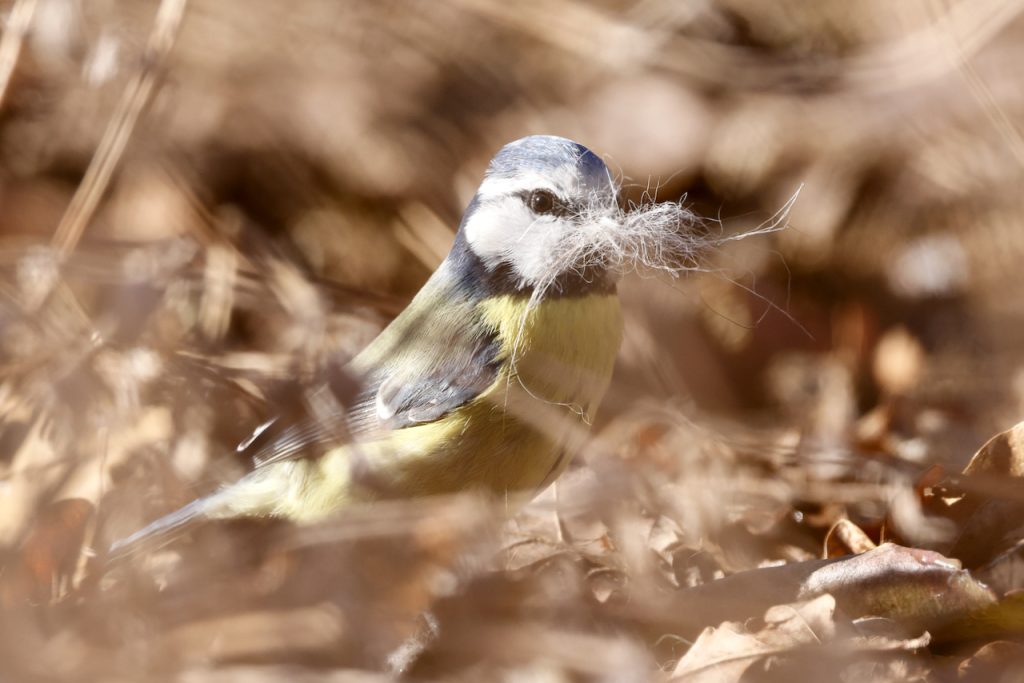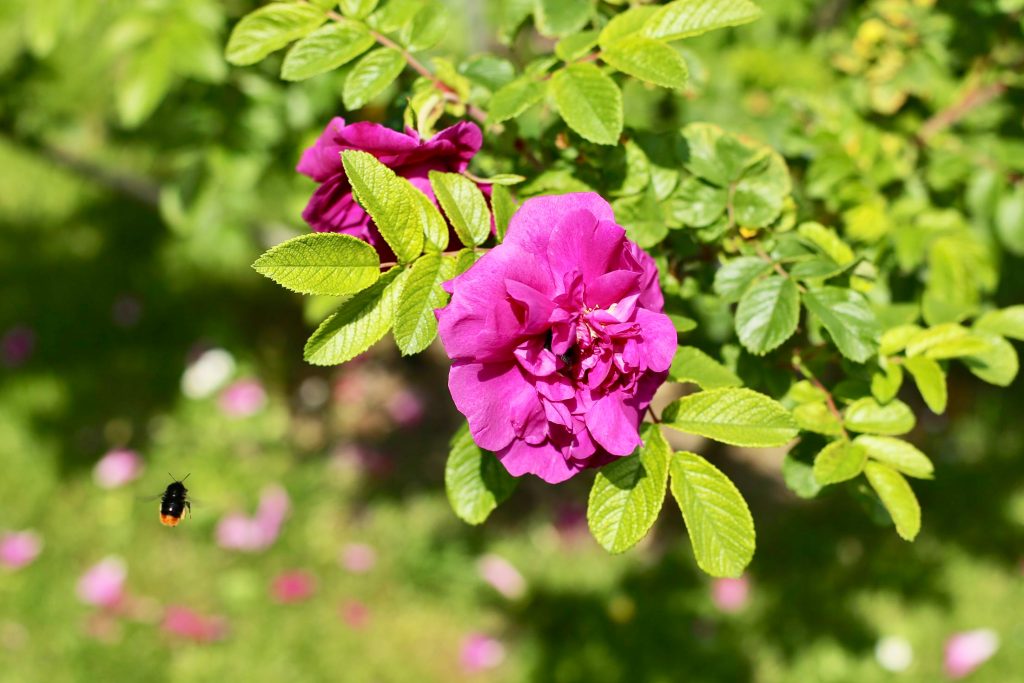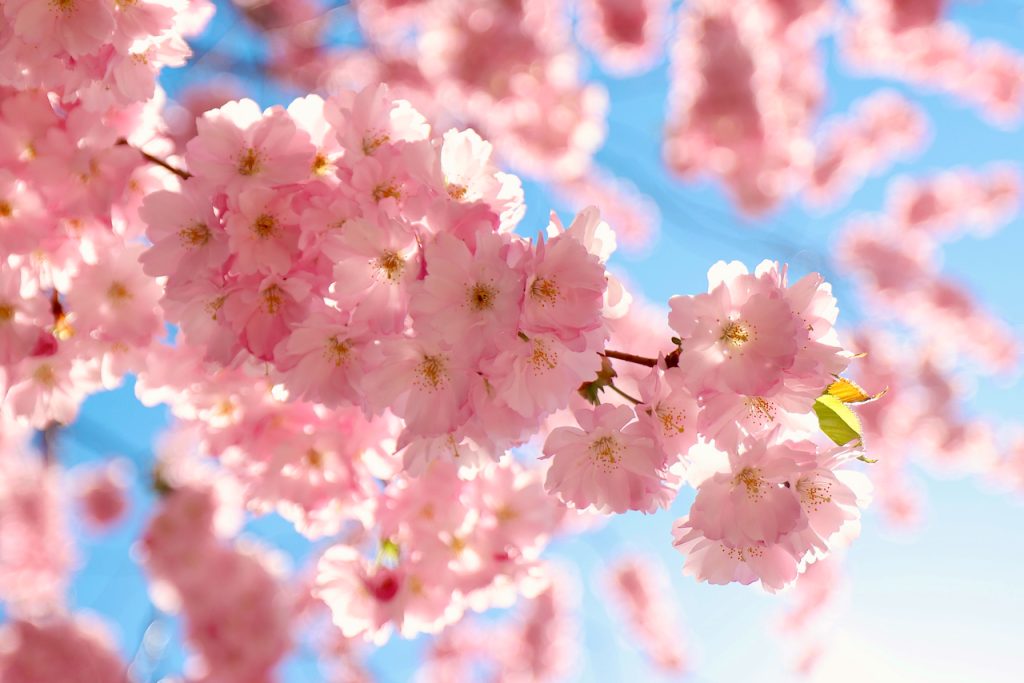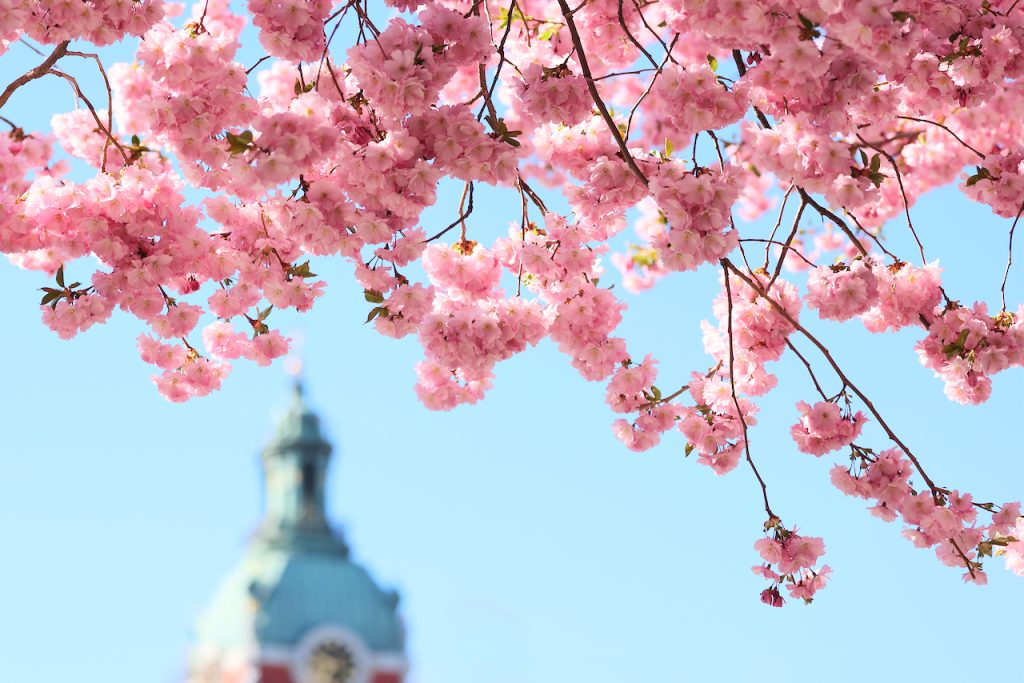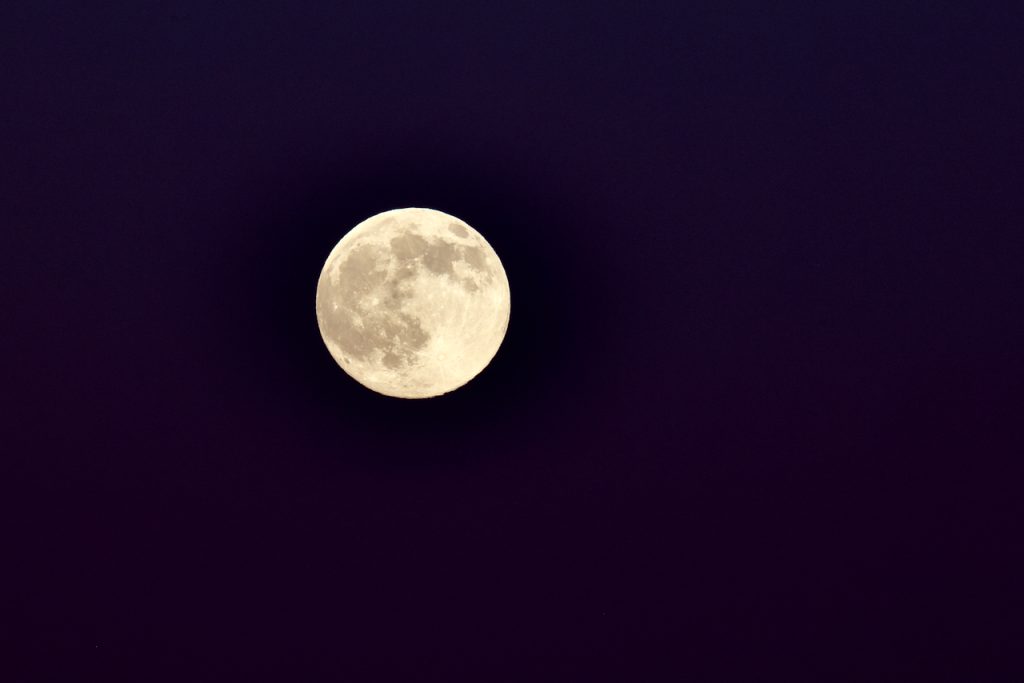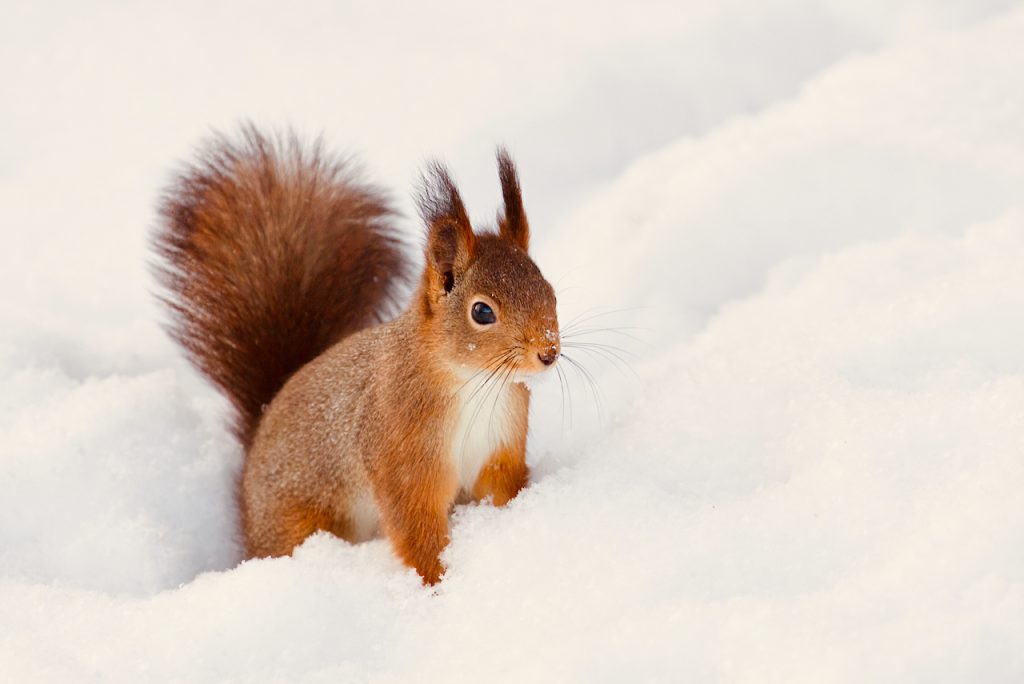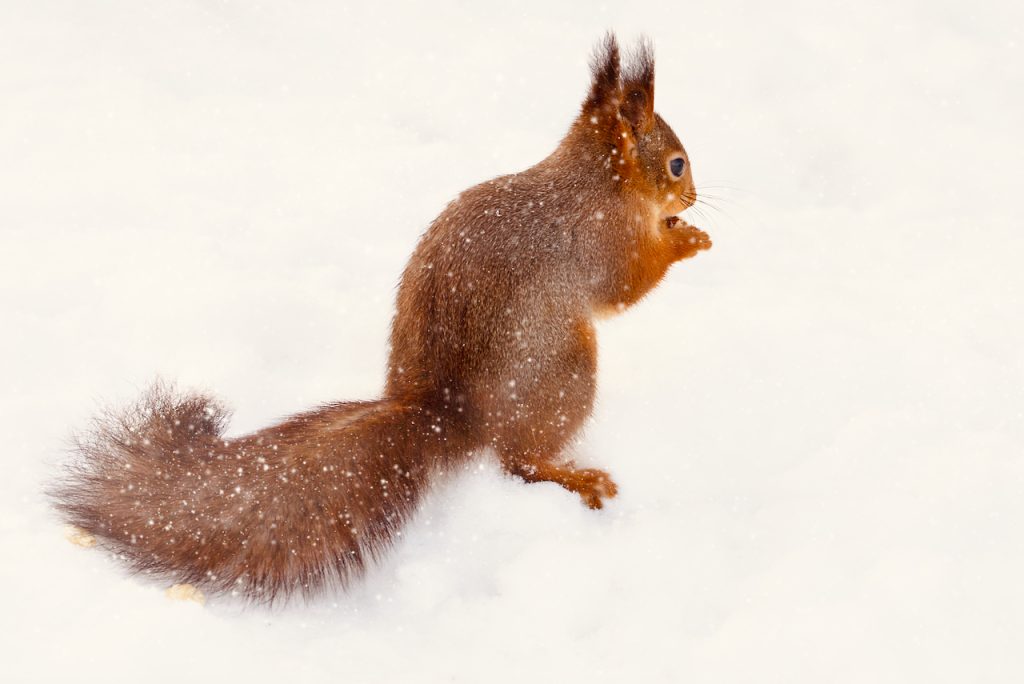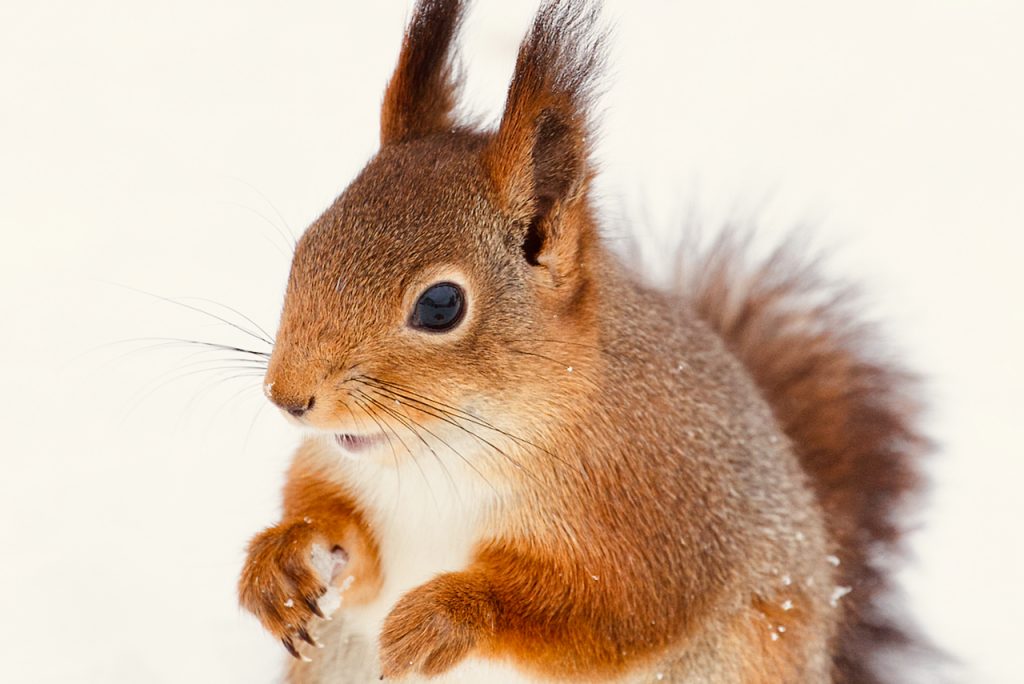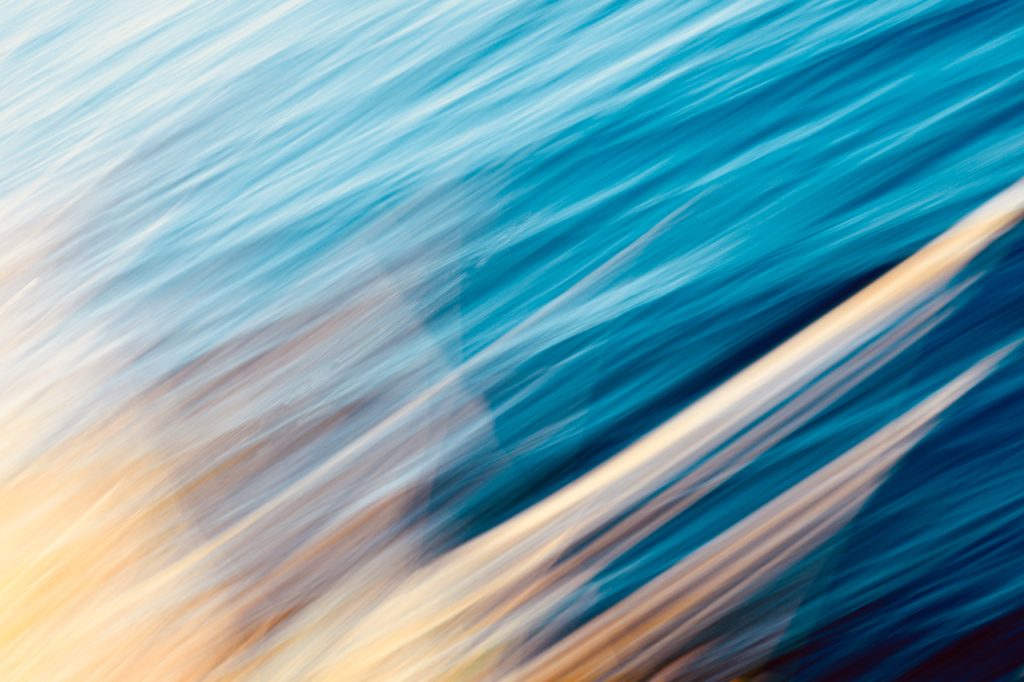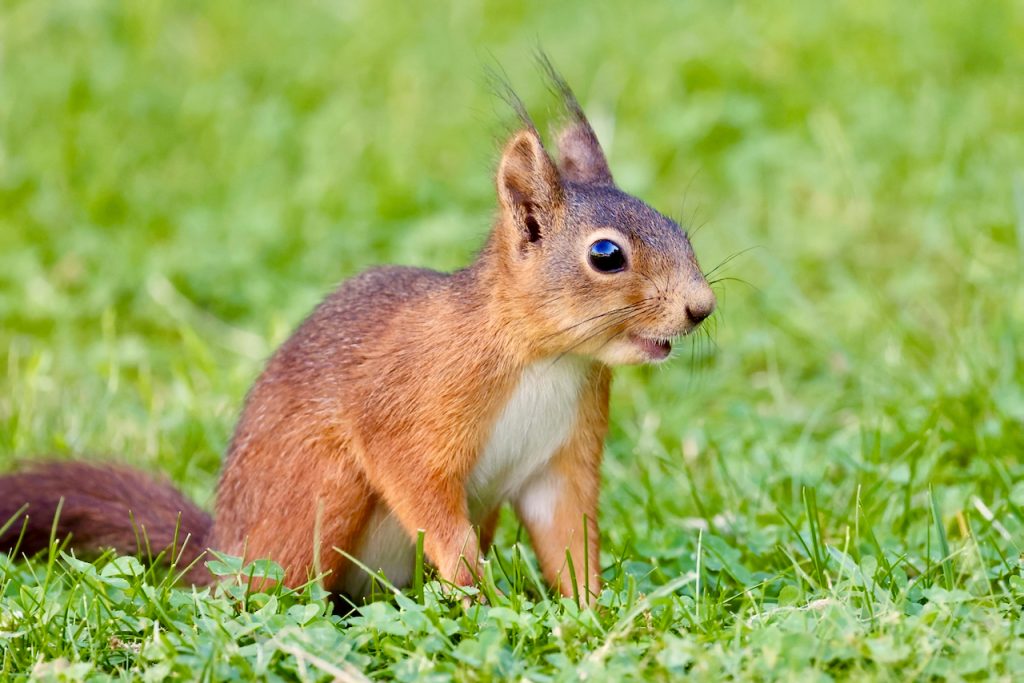
This red squirrel (Sciurus vulgaris) had such beautiful fur! Darker reddish brown on the back and the tail and lighter on the side, almost orange when the sun hit it.

Isn’t Nature gorgeous? There are so many shades in their fur, from dark orange and red to dark brown, and all nuances in between. Red squirrels change their body fur twice yearly, but their tail hair only once.
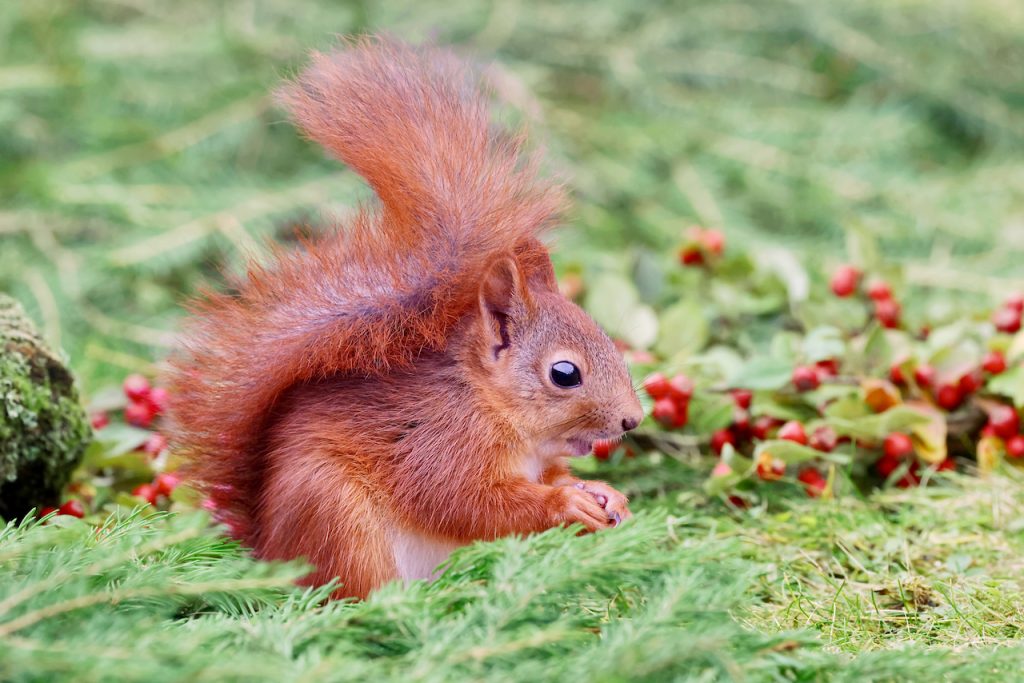
The winter coat of red squirrels is much thicker than the summer coat, and their ear tufts are also longer. This young squirrel hasn’t started growing its the ear tufts yet. And look at that gorgeous orange fur!


You can see how much bushier and longer the ear tufts are in winter in these last two photos.
Related Posts
- Happy Squirrel Appreciation Day!
- Meet Gretel, the Little Red Squirrel
- Of Squirrels and Woodpeckers
- Fight or Flight?
If you liked this post, share it on your preferred social network or forward it to a friend.

